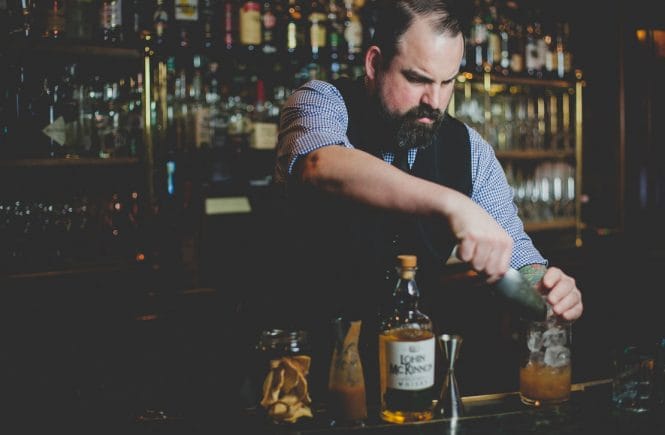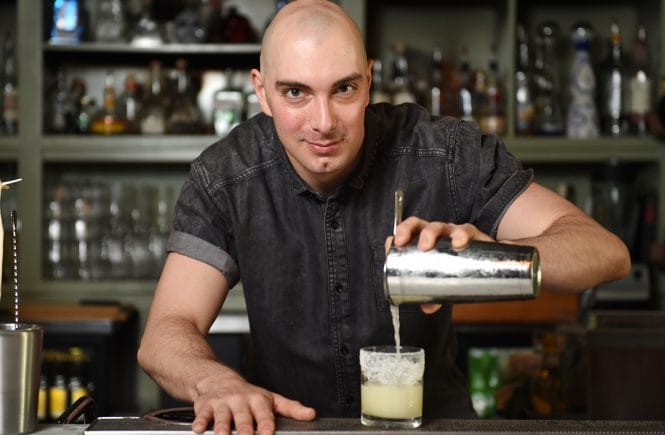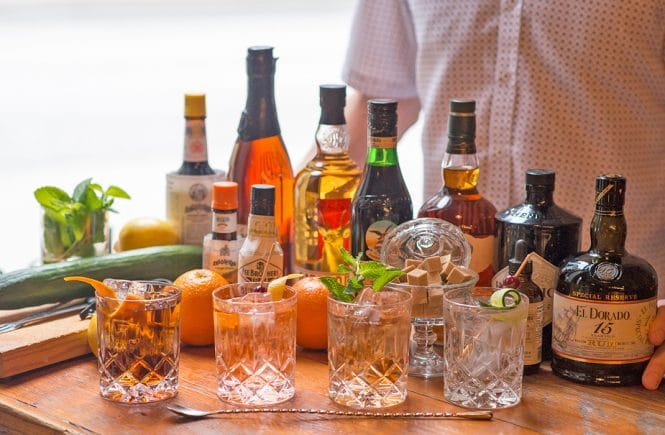Three drinks that bring new meaning to “one for the road”
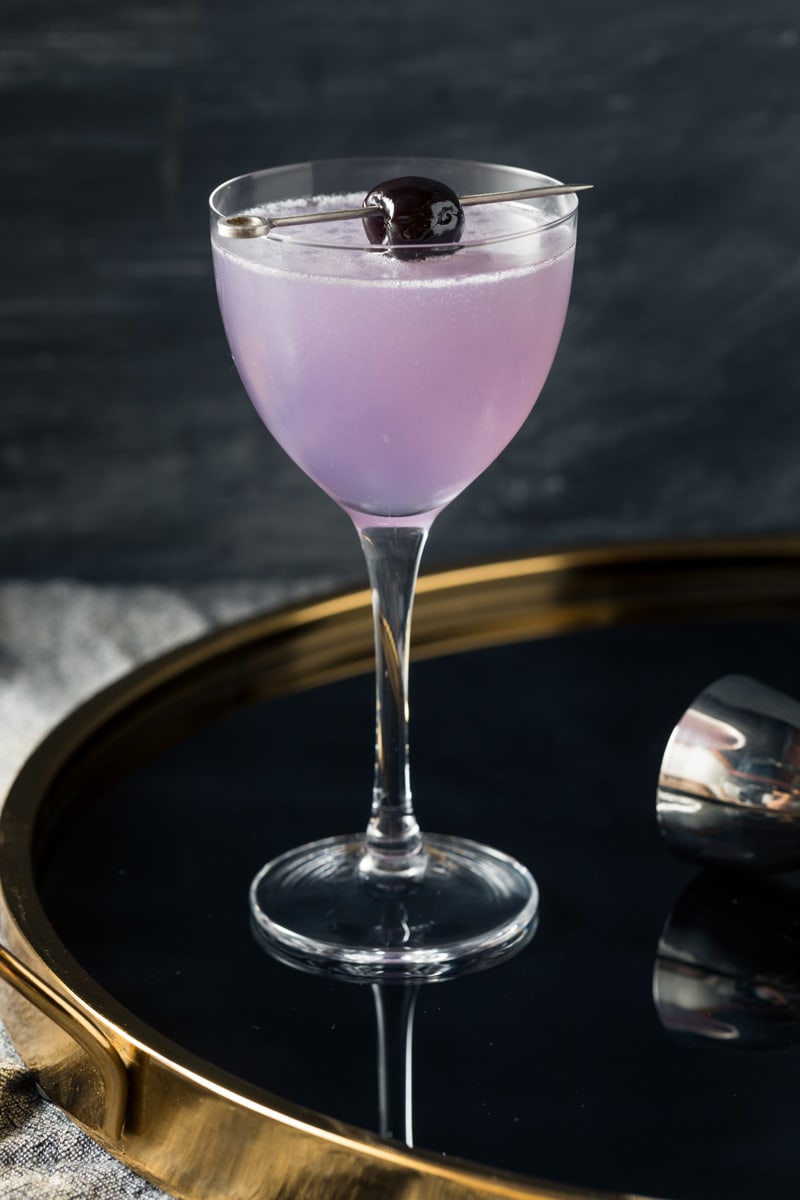
If you’re like me, you’ve probably been dreaming of escape, of going somewhere, anywhere that isn’t your home. But it might be a while before it seems like a good idea to hop on a train or a plane just for fun.
Instead, let this trio of classic cocktails whisk you away on a spirited journey.
Cocktails have always tasted of travel and exotic places. A Kir Royale is a sip of France just as a Margarita is of Mexico. A bowl of punch carries memories of India. Tropical cocktails are the very essence of the Caribbean or South Pacific.
But some cocktails are about the journey itself, inspired by the modes of transportation that will get you there. Consider these three—the Aviation, 20th Century and Sidecar—the sour-based planes, trains and automobiles of cocktail culture.
Aviation
The Aviation is that rare pre-Prohibition drink whose origins are actually known—the recipe was first published in Hugo R. Ensslin’s 1916 Recipes for Mixed Drinks. It’s the renaissance that is a mystery. For years the Aviation was considered something of a “bartender’s handshake,” a cult drink just for those in the know, even after it was rediscovered in the 1990s.
That’s because it was for decades nearly impossible to find crème de violette, the floral liqueur that gives it that essential sky-blue hue. Even Harry Craddock, when he published the recipe in 1930’s Savoy Cocktail Book, left out the liqueur. Without the sweet perfume of violets, this is just a tart gin sour with the overpoweringly phenolic notes of maraschino liqueur.
Luckily, Giffard produces a crème de violette that is widely available in B.C. so we at least can make a proper Aviation. It’s still a challenging cocktail for most palates. But at least it’s a pretty one.
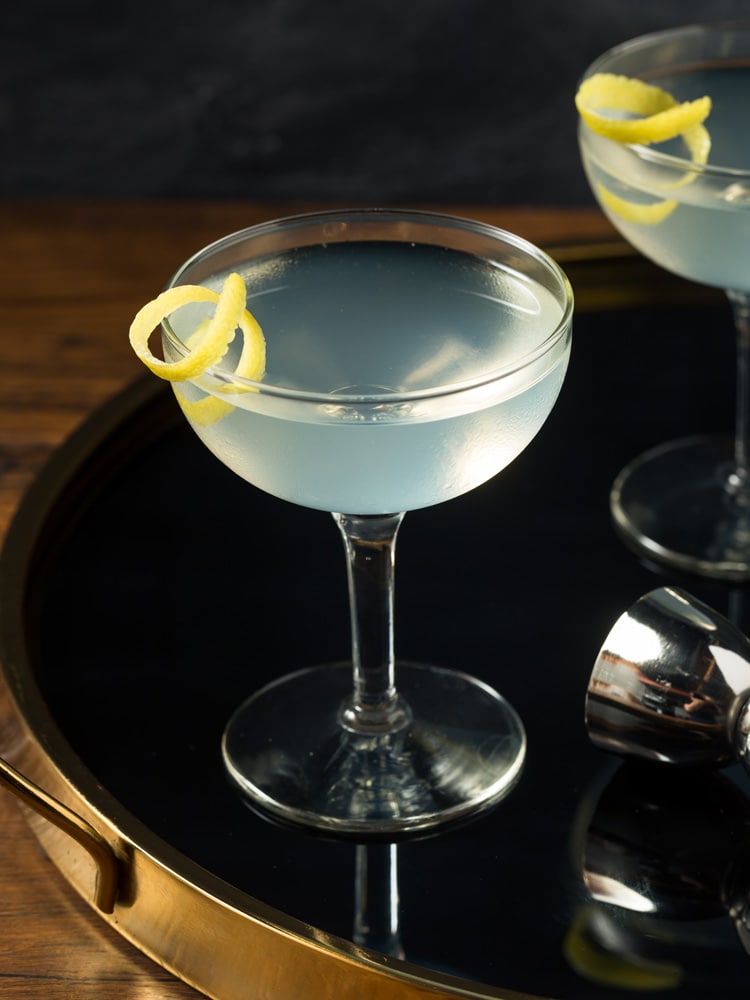
20th Century Cocktail
A much more easygoing drink—though perhaps less well known— is the 20th Century Cocktail. Think of it as the relaxed luxury train ride of cocktails compared to the Aviation’s nerve-wracking red-eye flight with lots of turbulence.
The 20th Century is also a gin sour, but softened and made complex with the chocolate notes of crème de cacao and the gently bittered ones of Lillet Blanc. (It’s not unlike the classic Corpse Reviver #2, but with cacao instead of orange.)
It was created by a little-known British bartender named C.A. Tuck and first published in the 1937 Café Royal Cocktail Book. He named it for the stylishly Art Deco 20th Century Limited, an express passenger train that shuttled between the Big Apple and the Windy City from 1902 to 1967. Then, like the train, it disappeared until cocktail historian Ted Haigh rediscovered it in the 1990s.
Like its namesake, it is an elegant drink that evokes a much more stylish bygone era.
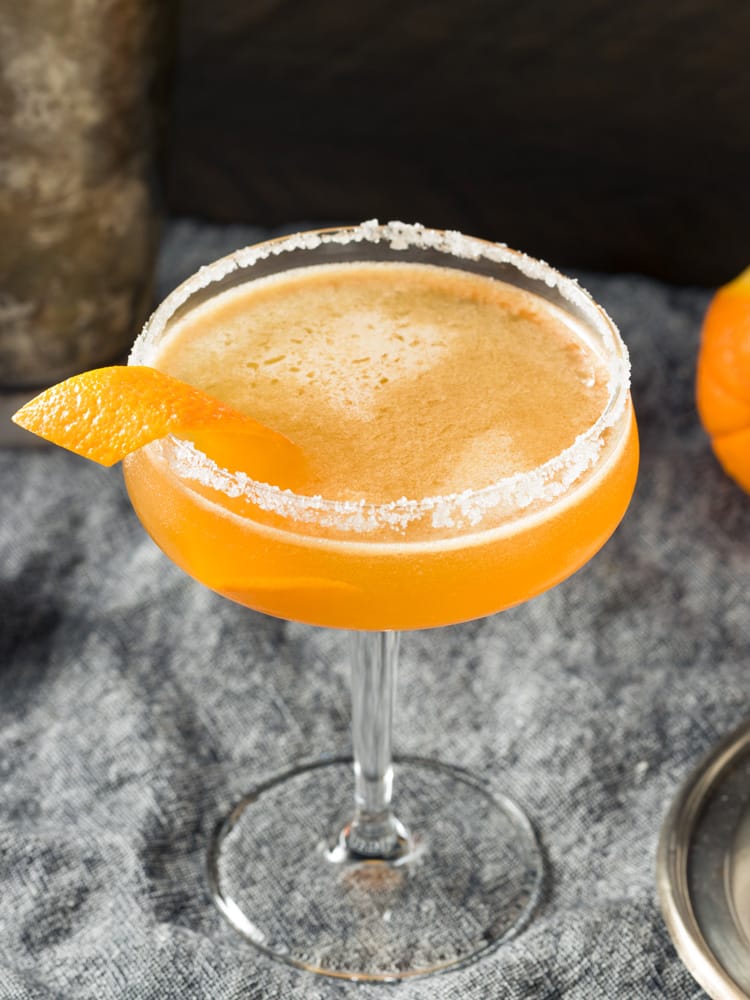
Sidecar
Perhaps the most famous vehicular cocktail is the Sidecar, which was almost certainly invented around the end of the First World War and named for the passenger attachment on a motorcycle. But then the story gets a bit befuddled.
The Ritz Hotel in Paris lays claim to the drink. So does Buck’s Club in London. Not so fast, says Harry’s Bar in Paris, which also takes credit. There’s even a school of thought that it was invented in the United States, in either New York or New Orleans.
But let’s go with the Ritz Hotel version of the tale, in which it was invented by the hotel’s first head bartender, Frank Meier, in 1923, inspired by an American army captain and his motorbike. (Presumably, he got back to base in the sidecar after a few too many of these.)
It is a great Prohibition-era classic, a balancing act of deep brown spirits, bright fresh citrus and soothingly sweet liqueur, and is itself an evolution of the older Brandy Crusta.
In any case, the Sidecar will whisk you on a breathtaking flavour journey, helmet and leathers not included.
—by Joanne Sasvari


